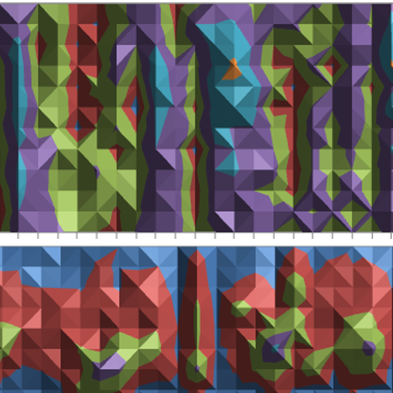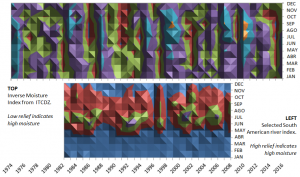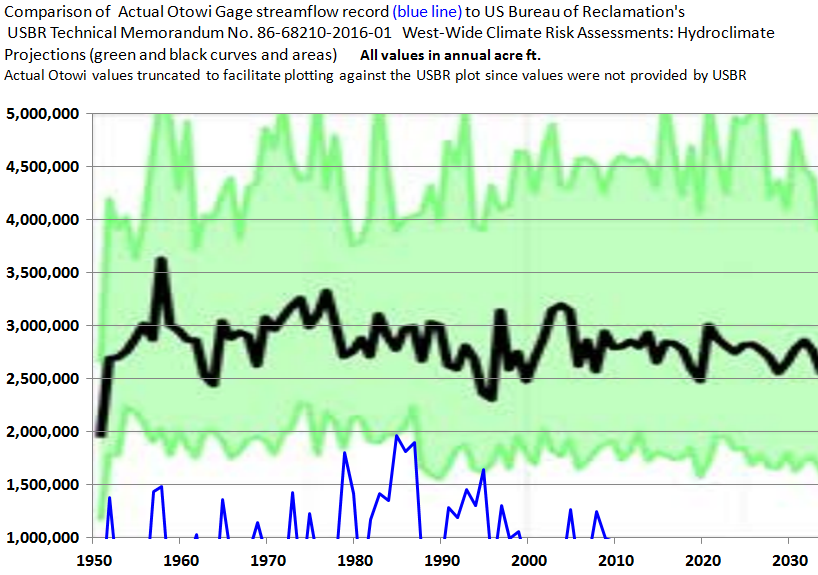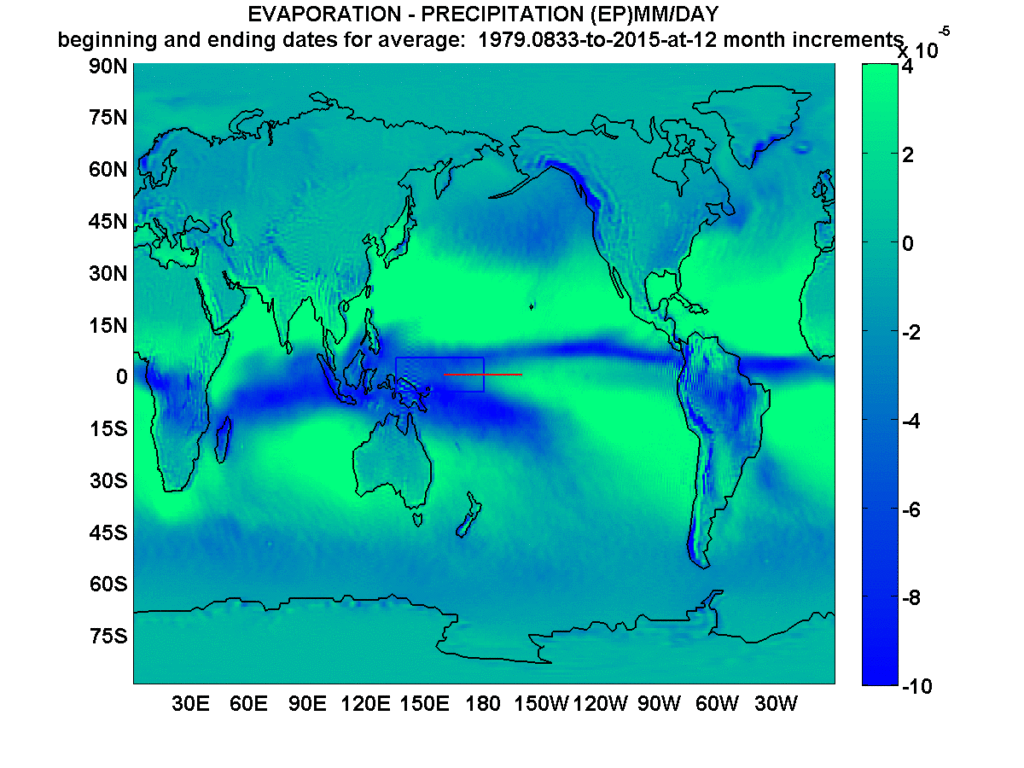
The ITCDZ and a South American River
I had recently coined a new term, the Intertropical Convergence and Divergence Zone (ITCDZ), which appears to more accurately define the circulation patterns between trade winds and the Easterly equatorial atmospheric “river”.
Readers are invited to explore and consider that concept from the link above. I certainly continue to do so, as I work on a scientific paper in progress which links related solar forcing concepts to multi year highly improved hydrologic forecasting in regions around the world.
In the rapid progression of these discoveries, I include the following interesting correspondence between a South American river and an ITCDZ parameter index. Since these are to be included in a paper, I’ve elected to keep both time series undisclosed for the time being.
The entire available records* for both time series are shown. The important message that this self annotated figure conveys, is once again, that geostrophic circulation patterns can correlate closely and most logically to streamflow records. That is evident here by first noting that the ITCDZ index indicates increases in atmospheric moisture across its footprint, by the topographic “valleys” in its temporal signature. As the atmospheric moisture increases, it is transported rapidly via geostrophic circulation towards the subject catchment area for the South American stream. That is logically followed by an increase in the flows of that river.
Conversely, when the atmospheric moisture at the subject ITCDZ index footprint decreases, this is signified by topographic “mounding” in the temporal signature. As the atmospheric moisture decreases, the drier circulation reaches the same South American stream catchment. That is logically followed by decreases in the river’s flow.
Because this ITCDZ index itself can be predicted on an annual scale with some accuracy by solar concepts, the hydrology of certain regions of South America can also benefit from the improved forecast skill.
*records for full years which were available for my use around 2015-2016 time period.
This is a work in progress and may be subject to revision.
 3327total visits,2visits today
3327total visits,2visits today


